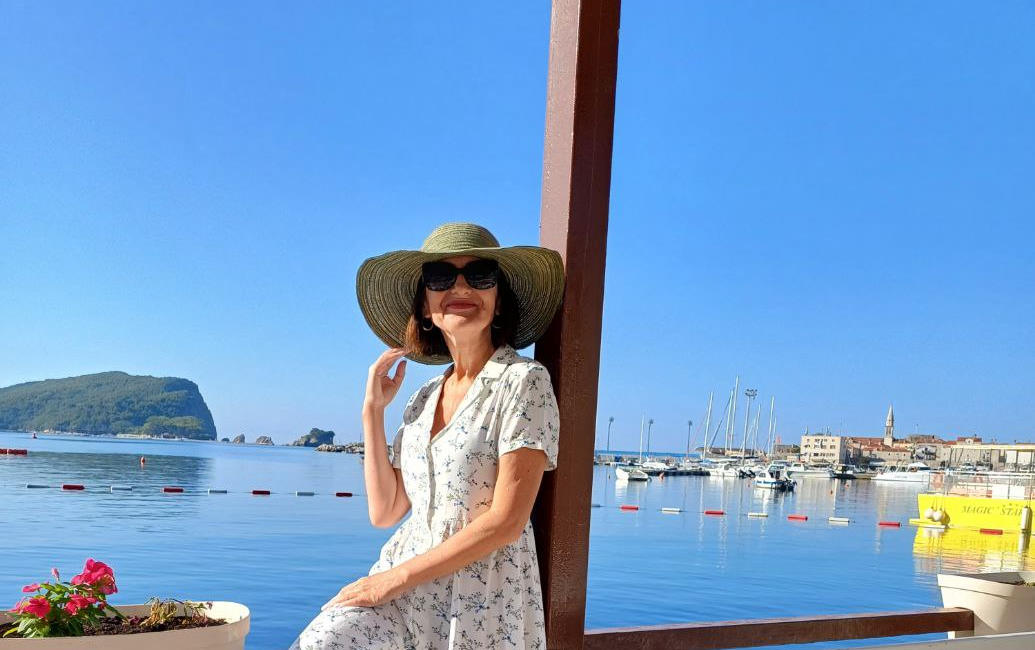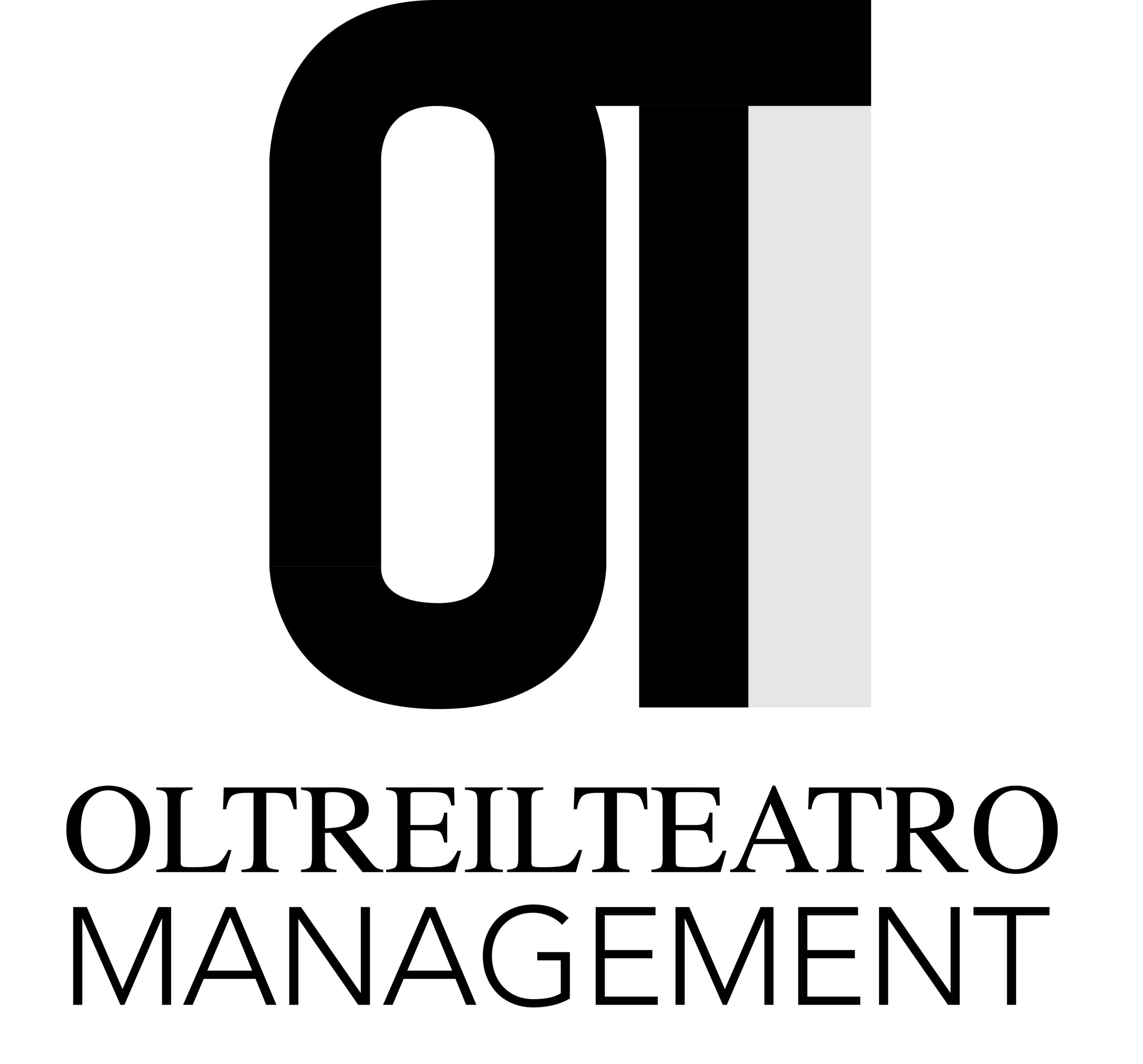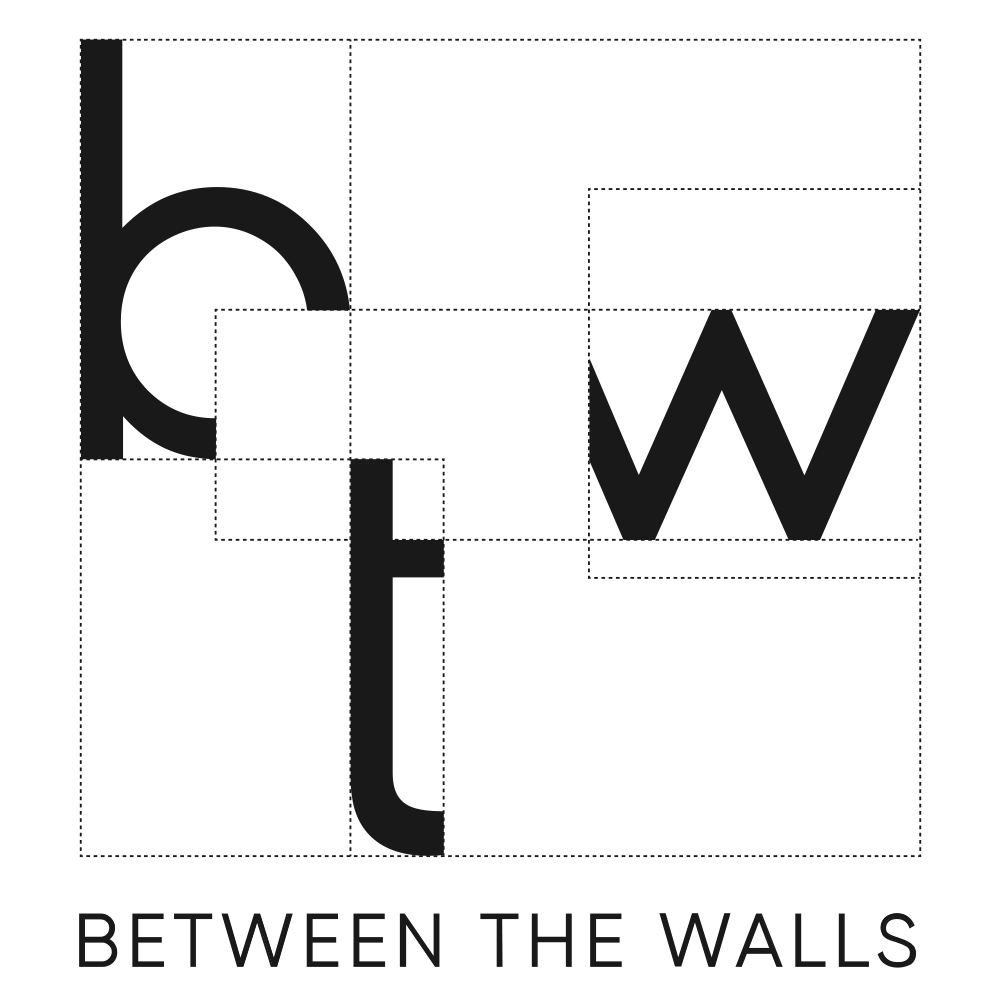Tatiana Khodakova
“The body is our instrument for understanding the world, and it is also the key to our inner state”
We often associate confidence with external achievements: “When I get a promotion, then I will feel confident”, “When I have my own apartment, then I will become a confident person”. However, true confidence is not a final destination dictated by external circumstances. It is an internal, deeply bodily sensation that forms long before we start chasing external attributes of success.
Where does confidence come from?
Our body is a repository of all our life experiences, including early interactions and feelings. It is through development, movement, touch, and reactions to the surrounding world that the basic feelings of security, support, and consequently confidence are formed. Confidence is not a set of learned phrases or poses; it is a deep feeling of stability that arises in our muscles, bones, and nervous system.
Let’s consider how muscles shape confidence. We’ll refer to the biodynamic concept.
Biodynamics is an approach that explores the relationship between a person’s psychological development and their body structures. It shows how various periods of confidence formation are linked to the involvement of specific muscle groups.
According to the biodynamic approach, confidence is formed throughout childhood, passing through seven key character structures, each associated with specific age periods and related to the development of certain muscle groups and psychological functions. Understanding these stages allows us to see how our sense of support and ability to act in the world is formed.
Let’s take a closer look at how confidence is formed in each of the seven structures:
1. The Structure of Existence (second trimester of prenatal development — 3 months after birth)
Main Theme: The right to exist, feeling wanted and safe.
Physical Development: Establishing a basic sense of self as a separate entity. Developing the ability for self-regulation (breathing, heartbeat), and experiencing bodily boundaries.
Formation of Confidence: At this stage, a fundamental feeling that “I am” and “I have the right to be” is established. Confidence is manifested in the ability to relax, trust the world, and feel comfortable in one’s own body.
Disruptions: If a child does not feel wanted, receives insufficient support, or experiences traumatic birth, it may lead to feelings of unworthiness, anxiety about existence, difficulties in relaxation, and a sense of self in the body.
2. The Structure of Needs (1 month – 18 months)
Main Theme: The right to have needs and fulfill them.
Physical Development: Development of the oral-sensory area (sucking, swallowing), establishing a connection between needs and their fulfillment through physical contact (feeding, touching). Active mastery of movement (holding head up, rolling over, crawling).
Formation of Confidence: Confidence is developed through experiences where needs (hunger, comfort, closeness) are met timely and adequately. The child learns to trust the world and their ability to express needs. Confidence manifests in the ability to actively seek the fulfillment of their needs.
Disruptions: Insufficient or inconsistent fulfillment of needs can lead to feelings that “my needs are not important” or “I cannot fulfill them,” resulting in insecurity regarding their desires, passivity, or, conversely, excessive demands.
3. The Structure of Autonomy (8 months – 2.5 years)
Main Theme: The right to be autonomous, make choices, and explore the world.
Physical Development: Active development of gross motor skills (walking, running), mastering control over sphincters (potty training). Establishing a sense of bodily and spatial boundaries.
Formation of Confidence: Confidence emerges from the ability to independently explore the world, make choices, and receive support in these endeavors. The child learns to trust their ability to move, explore, and be separate. Confidence is manifested in initiative and the ability to make independent decisions.
Disruptions: Excessive control, prohibitions, or criticism of autonomy, or conversely, lack of boundaries, can lead to insecurity in one’s actions, fear of making mistakes, dependency on others’ opinions, or rebellious behavior.
4. The Structure of Will (2 – 4 years)
Main Theme: The right to express one’s will, set goals, and achieve them.
Physical Development: Development of muscles responsible for purposeful movement and posture control, associated with goal-directed behavior (e.g., arm and leg muscles for intentional actions).
Formation of Confidence: Confidence is developed through experiences where a child can set tasks for themselves and see the results of their efforts. This is a period of active “I can do it myself!”, where support and recognition of efforts are essential, not just the outcomes. Confidence is manifested in persistence, determination, and the ability to overcome obstacles.
Disruptions: Suppression of will, ridicule of attempts, excessive caretaking, or lack of clear rules can lead to passivity, procrastination, an inability to complete tasks, or aggressive assertion of their will.
5. The Structure of Love/Sexuality (3 – 6 years)
Main Theme: The right to feel and express love, and to feel loved and attractive.
Physical Development: Development of muscles responsible for emotional expression (facial muscles) and pelvic movements (related to sexuality, flexibility, and the ability for closeness). Establishing a body schema and awareness of gender identity.
Formation of Confidence: Confidence in one’s attractiveness, ability for close relationships, and expression of feelings. The child learns to trust their emotions and express them openly. Confidence is manifested in the ability for empathy, building warm relationships, and feeling valued.
Disruptions: Criticism, shame, or ignoring feelings or sexual expressions (within age-appropriate boundaries) can lead to insecurity about attractiveness, difficulties in expressing feelings, and issues in intimate relationships.
6. The Structure of Opinions (5 – 9 years)
Main Theme: The right to have and express one’s own opinion.
Physical Development: Development of muscles related to vocal cords, facial expressions (to express thoughts), and neck muscles (turning the head to see different viewpoints).
Formation of Confidence: Confidence is developed through experiences where the child’s opinion is respected and they are given a chance to speak and be heard, even if their opinion differs from that of adults. Confidence manifests in the ability to argue their position, defend their views, and participate in discussions.
Disruptions: Ignoring the child’s opinion, criticism, ridicule, or coercion into a specific viewpoint can lead to insecurity in their judgments, difficulties in self-expression, conformity, or passive aggression.
7. The Structure of Solidarity/Representing One’s Interests (7 – 12 years)
Main Theme: The right to belong to a group, advocate for one’s interests within a collective, and express solidarity.
Physical Development: Development of muscles associated with teamwork and interaction (e.g., synchronizing movements in sports), fostering a sense of camaraderie.
Formation of Confidence: Confidence is built through experiences of successful group interactions, where one can express themselves while advocating for their interests and supporting others. It manifests in the ability to cooperate, lead, and uphold justice.
Disruptions: Lack of teamwork experience, bullying, isolation, or excessive pressure from the group can lead to difficulties adapting in a collective, an inability to stand up for oneself, fear of rejection, or excessive submissiveness.
Understanding these stages allows us to identify potential “gaps” in the formation of confidence within ourselves or others and work intentionally with the body to restore and strengthen these foundational feelings.
Now that we realize how deeply confidence is rooted in our body and how it develops throughout childhood via muscular structures, it’s clear: accumulating external signs of success does not lead to a sustainable sense of confidence.
Imagine a person chasing the next step on the career ladder, a new car, or the perfect body. They may experience a brief surge of confidence at the moment of achieving a goal. This feeling is akin to a bright but fleeting flash. Why? Because true confidence resides not in a bank account or a mirror, but in our muscles, in our sense of self in space, and in our ability to rely on our own body.
When internal, bodily patterns of insecurity—formed perhaps in early childhood—remain untransformed, external achievements only temporarily mask them. The effect is not lasting. After some time following a goal’s accomplishment, the old feelings of insecurity resurface, and the individual begins to seek external validation of their worth again. This creates a vicious cycle.
How to Cultivate True Confidence
If confidence resides in the body, in the muscles, then it must be developed through bodily practices. This is where methods like body-oriented approaches come into play, which involve consciously engaging the muscles in context. This is not merely about physical exercises, but rather a deep process of “reprogramming” bodily patterns that form the basis of our confidence or lack thereof.
For example, if you feel insecurity in your decisions, it might be related to weakness or tension in the muscles responsible for support and directed movement. By consciously engaging these muscles and experiencing movement with a new quality, you are not just training your body but also transforming your internal state. You learn to feel support beneath your feet, strength in your hands, and stability in your center.
The results of such work are impressive: when you begin to build confidence through the body, it becomes an intrinsic part of you. It no longer depends on external praise, achievements, or approval. You start to carry your confidence within yourself, making it context-independent. You become a confident person not “when…” but “because I am, and I feel my inner strength”.
Thus, true confidence is not external trappings but a profound bodily sensation that forms from birth. By working with the body, consciously engaging muscles, and restoring natural movement patterns, we can “rewrite” old programs of insecurity. As a result, you won’t wait for external validation; instead, you will acquire an internal, unwavering support that will always be with you.
Start your journey to true confidence—it already lives within you; you just need to awaken it and feel it.
True confidence is not an external armor, but an inner strength born from the feeling of oneself in one’s body.
Read also:
Relationships through the prism of personal history

Татьяна Ходакова
Практический психолог
Интегративный подход






